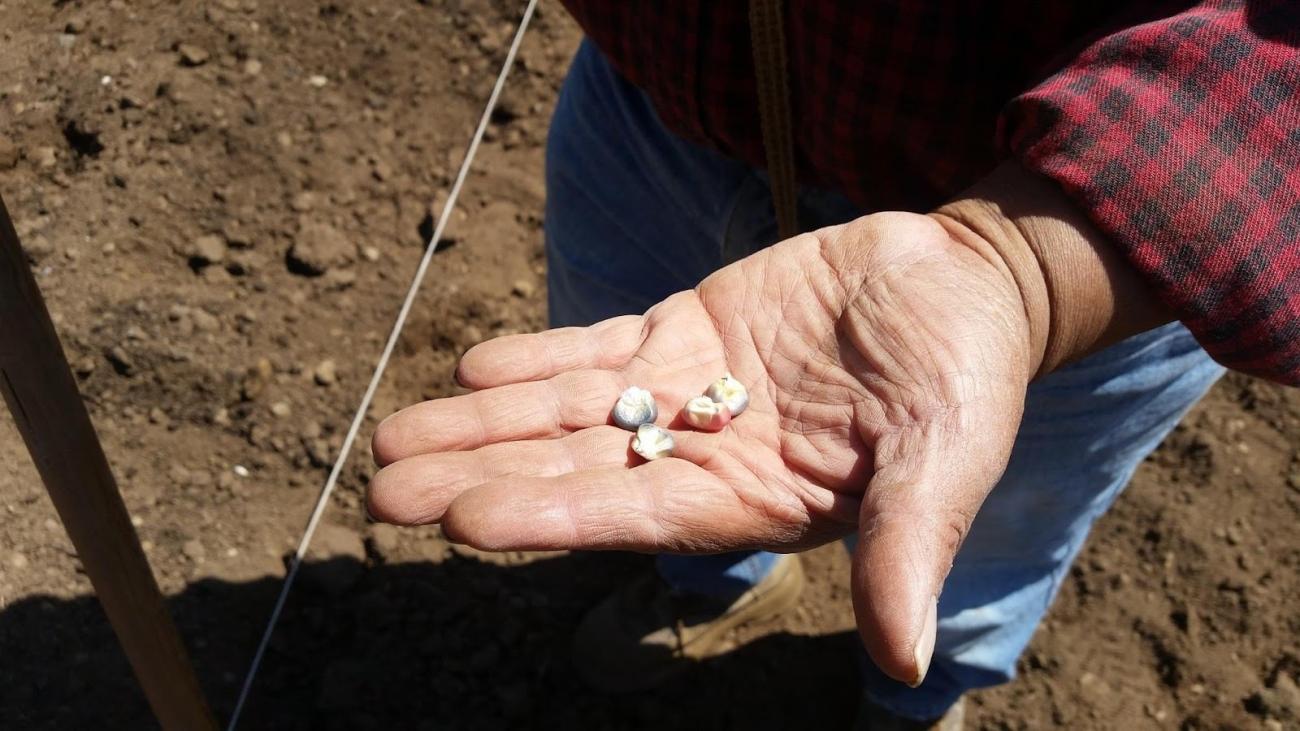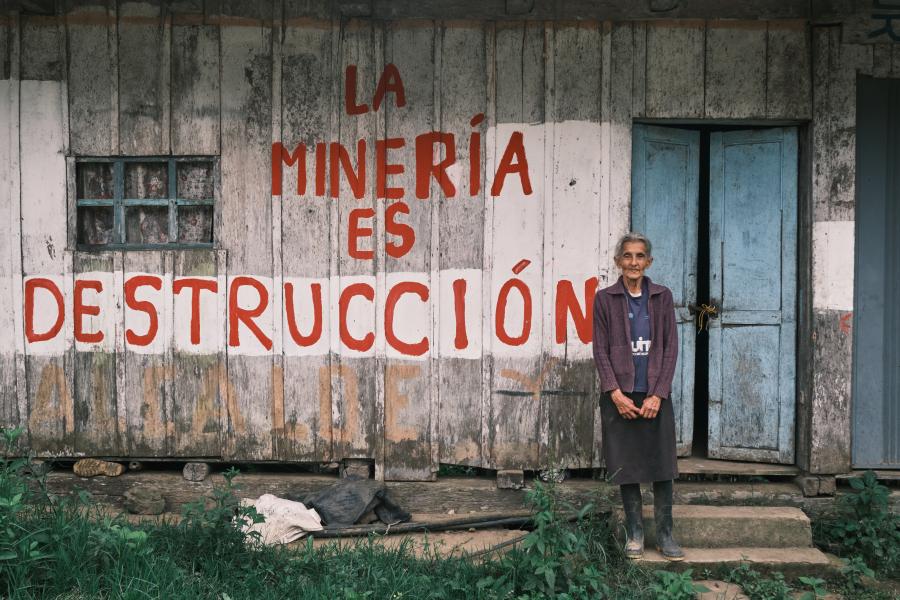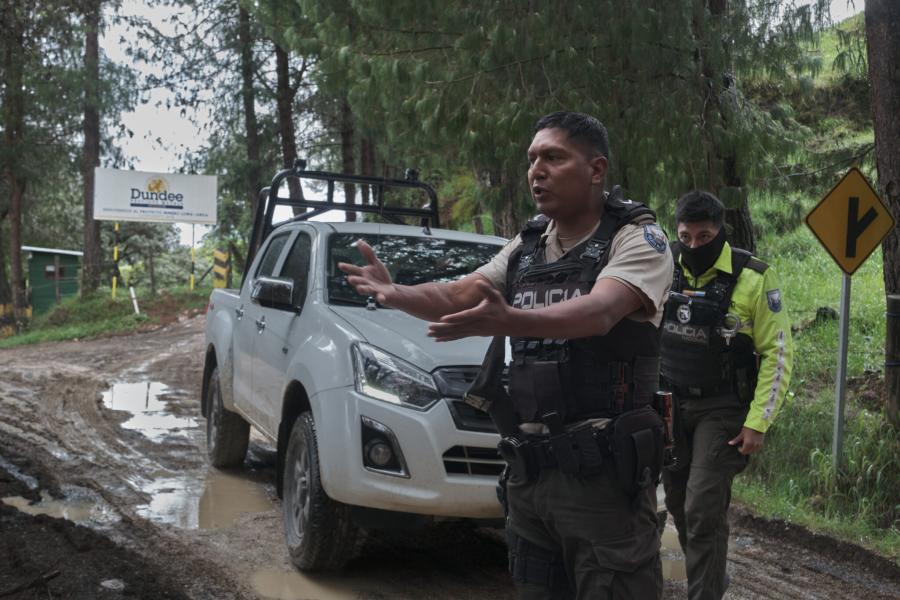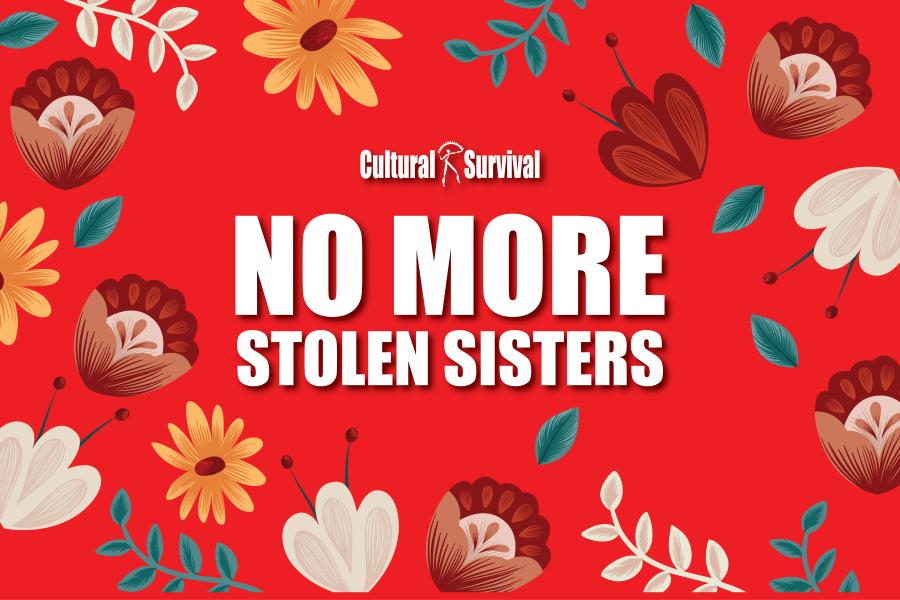
World Soil Day is held annually on December 5 as a means to focus attention on the importance of healthy soil and to advocate for the sustainable management of soil resources. For generations, Indigenous Peoples have shaped landscapes through a reciprocal relationship with the land, thus preserving healthy ecosystems. The connection to the land is mutually tied with Indigenous worldviews. Supporting traditional farming for Indigenous communities is vital.
Indigenous Peoples hold knowledge about maintaining healthy soil, a foundation of traditional farming systems that plays an important role in Indigenous cultures, languages, and environmental sustainability. The teachings and techniques of traditional agriculture have permitted the soil to flourish for many generations and for sustainable natural resource management. Maintaining these practices enhances food security for Indigenous communities and strengthens our cultural identity.
Over the last several decades, corporations have exploited the soil’s resources and megaprojects have displaced Indigenous communities' accessibility to their lands. This has drastically affected the nutrients, minerals, microorganisms, and fertility of the soil. Vast ecosystems of flora and fauna have become contaminated and soil degradation has decreased the supply of nutrients in foods. The depletion and loss to nutritive soil resources severely influences the health of everyone on the planet, but Indigenous communities are particularly vulnerable due to their close connection with the land.
Photo by @luisalmanzan.
For Indigenous Peoples, there is also a spiritual component to cultivating the land. We understand that in order for a seed to grow into a plant that will feed a community, the work begins with the soil. Maya Peoples hold a fire ceremony to ask permission from Mother Earth and the Creator to break the land and to bless the seeds. During the cycles of cultivation all the way through to harvesting, ceremonies are done for good passage of the food produced before receiving its nutrients. On Turtle Island on the Unceded Coast Salish Territories of the xʷməθkʷəy̓əm (Musqueam) Nation, a small group of Maya Mam family members continues their traditional farming practices in collaboration with the University of British Columbia. During the late 1980s when Maya families were fleeing Guatemala due to the military genocide, many sought refuge in Mexico. Very few families received aid there, but a small percentage (out of thousands) were able to seek refuge in Canada. Five Maya Mam families received refuge in the province of British Columbia. The transition was difficult and the families faced many barriers in continuing their traditional cultural practices.
The idea for the Maya Garden Tal A´Xin unfolded from the need to access land to cultivate staple foods as part of the diet of the Maya people, and in the process, to provide food security. In 1999, a professor at the University of British Columbia, Marvin S. Cohodas, informed Maya Mam families of the possibility of applying for a project plot at UBC Farm. The group welcomed the idea and in 2000, the garden was established. The main goal of the garden was to keep the Maya traditions and culture alive by continuing to grow Mayan crops in Canada to strengthen the cultural identity among their children, grandchildren, and great-grandchildren, who are being raised in a Western society very different from their homeland in Guatemala.
At the Maya Garden Tal A´Xin, four Maya Mam members manage a 1,883-square meter (approximately half an acre) plot. Initially, they started with cultivating corn, squash, and beans, but over the course of 22 years, they have begun to produce other plants with medicinal elements, such as bledo (amaranth), yerba mora (Solanum nigrum), and epazote (Dysphania ambrosioides), along with other foods. The large amount of crop residue from the planting is composted at the end of each harvest season to build up the organic matter and improve its structure. All of the crops are grown organically.
For Fabiana Garcia Morales (Maya Mam), the transmission of traditional farming knowledge to her children was important. “I have been living in Vancouver for 33 years. I grew up on a country farm learning from my mother and father how to grow crops—it was part of my childhood. When I came to Canada, I missed working in the cornfields and the connection to the land I had back home. The connection to the land is very important to me because it gives me strength. With the Maya Garden at UBC, I am now able to teach my children and grandchildren the knowledge that was passed down to me. My daughter Nati is learning the stories of our ancestors and learning how to cultivate a harmonious life as our grandfathers and grandmothers lived,” she says.
Francisca Sales Ortiz (Maya Mam), also a member of the garden, reflects, “I grew up in the fields with my husband, Maximo, in Guatemala. We are Maya Mam and have been working at the UBC Maya Garden for 22 years. We participate in two other community gardens. Cultivating crops is part of our way of living. I am also a weaver and learned when I was eight years old. It is important to us that the Maya Mam culture is not forgotten. We are passing down this knowledge to our grandchildren to continue the growth of our ancestral roots.”
Photo by @luisalmanzan.
Mayans refer to themselves as the Children of the Corn. Our creation story is written in the Popol Wuj, meaning “Book of the Community,'' which provides a narrative on the creation of Maya Peoples. The story tells of how two hero twins, Hunahpu and Ixbalanque, prepared the way for the planting of corn, for human beings to live on Earth, and the Maya Peoples. The creation story teaches us that the first grandparents were made from corn. For this reason, corn is sacred to the Maya because of its connection with the ancestors. It feeds not only the body but also the culture, the mind, and the spirit.
Felipe Garcia Ortiz, Maya Mam, shares his thoughts on the connection between soil and health: “For us it is important to have a space to be able to sow something necessary for family consumption. It is something that we carry in our blood, that we feel is necessary. That is why we have incorporated this type of activity: we have, and are trying, to teach our children and grandchildren planting, cleaning, harvesting, and consuming products that have been part of our culture for many years. We see this as a relationship of the human being to the land, not a means of exploiting the land. We do not see how much we can collect from the sale of harvested products, but rather how we can survive or be self-sufficient and not depend on modified products such as GMOs. We use organic natural fertilizer and the same vegetation returns to the soil to maintain the minerals and nutrients for the following year's plantings. Many people have introduced the use of chemical fertilizers including insecticides and herbicides. This has caused an alteration in the process and cycle of the original crops. It is important to raise awareness in the communities to understand that the use of this practice wears out or erodes the land, leaving it infertile.”
Photo by @luisalmanzan.
The Maya Garden Tal A´xin provides a source of food sovereignty, cultural sharing, and ancestral knowledge exchange for the public and future generations. The ancestral teaching is to share the generosity of what the Earth gives. The Maya Mam members of the garden share the harvest with the community, selling at local farm markets at the University and also distributing within their family household. The remaining products are canned and dried as a food source for the winter season.
The Maya Garden Tal A´xin acknowledges the privilege of being settlers to the land of the Musqueam people, who are the original caretakers of the land on which the plot is located.
“Seeding the land with new growth of knowledge is like seeding our communities with new dreams,” says Lix Lopez, Maya Mam Elder and member of Maya Garden Tal A´Xin.



